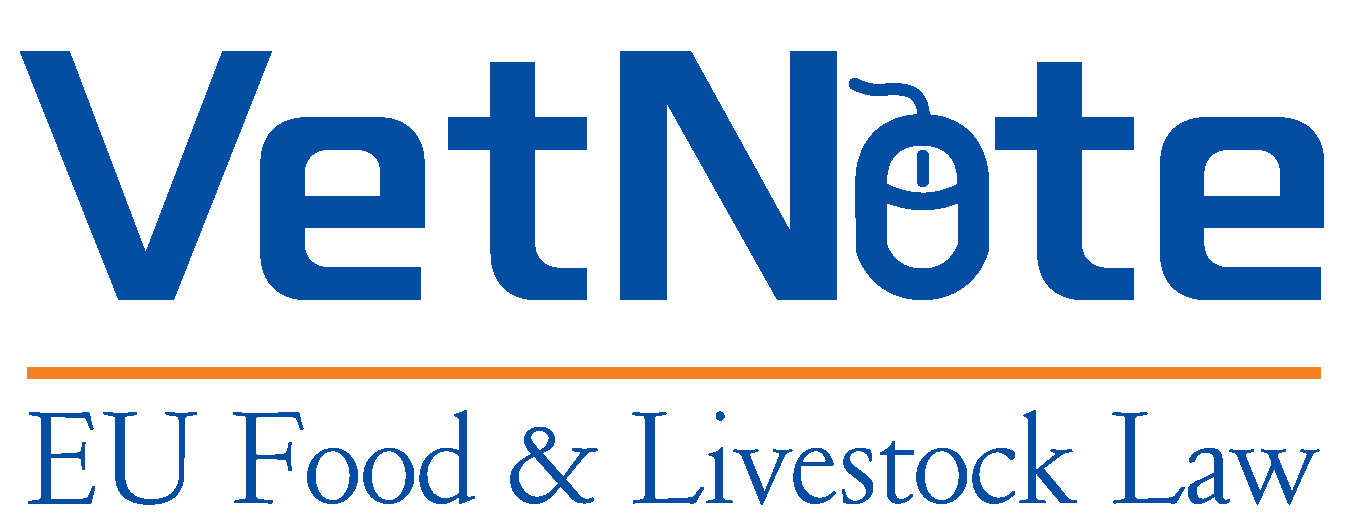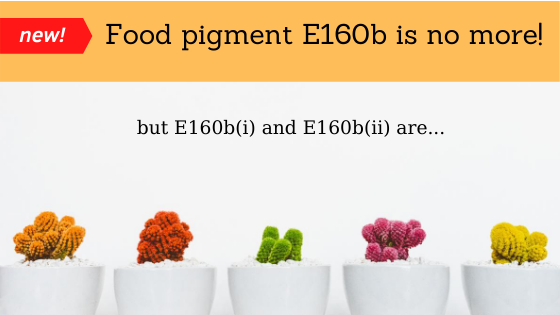Annatto, Bixin, Norbixin (E 160b) is extracted from the seeds of the annatto tree (Bixa orellana L.) and confers a yellow to red colour to food. The main pigments in annatto extracts are bixin and norbixin. In spite of their similarity in structure, bixin and norbixin have significantly different physico-chemical properties and, therefore, different applications depending on the characteristics of the food matrix.
As requested, on 10 August 2017, the Authority published a statement on the exposure assessment of bixin and norbixin as regards those revised uses and use levels. It concluded that the dietary exposure for bixin did not exceed ADI in any exposure scenario. However, it concluded that the dietary exposure for norbixin exceeded the ADI at the high level (95th percentile) for toddlers and children in the two refined exposure scenarios (brand-loyal and non-brand-loyal exposure scenarios).
It results from the above considerations that it is appropriate to amend the Annexes to Regulation (EC) No 1333/2008. First, since Annatto bixin (E 160b(i)) and Annatto norbixin (E 160b(ii)) have different toxicological properties and, therefore, different ADIs, the food additive ‘Annatto, Bixin, Norbixin (E 160b)’ is deleted from the Union list of authorised food additives in Part B of Annex II to that Regulation and two separate food additives, namely Annatto bixin (E 160b(i)) and Annatto norbixin (E 160b(ii)) are listed.
Until 2 January 2021, the food additive Annatto, Bixin, Norbixin (E 160b) and foods containing E160b may continue to be placed on the market as such in accordance with the rules applicable before 2 July 2020.
VetNote.eu
One-click knowledge on EU food law!






